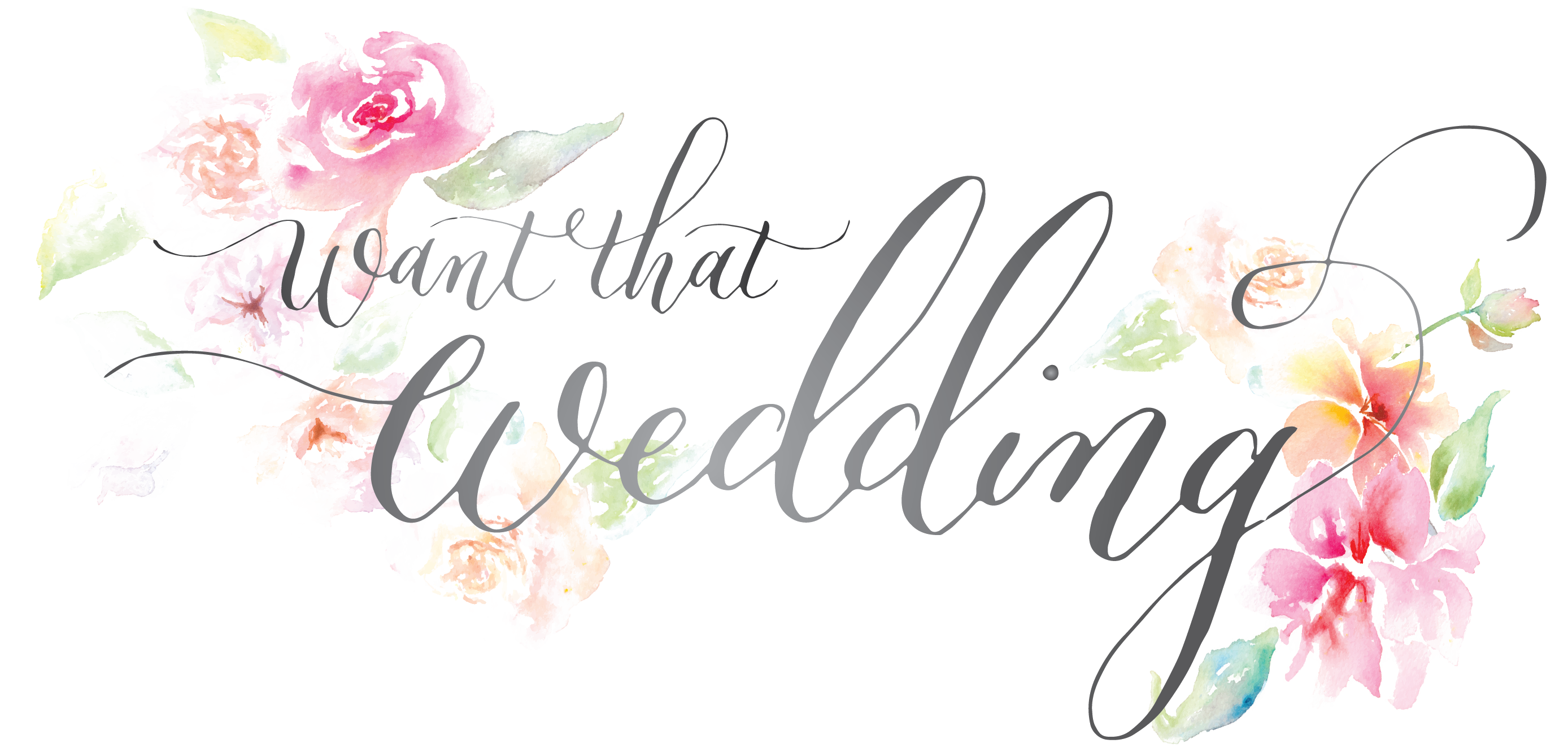6 Signs Your Suit Doesn’t Fit as Well as It Should
A well-fitting suit is one of the sharpest and classiest looks on any guy. A poorly-fitting suit, on the other hand, isn’t that much better than showing up in a t-shirt and will never make the impression you’re looking for. Thus, it’s essential for every guy to know how to spot a suit that’s not quite right — lest you find yourself stuck in one for a job interview, a hot date or (gulp) your wedding day.
Source: Roman Samborskyi/Shutterstock
It’s easy to spot a sub-optimal suit fit once you know some telltale signs. Keep an eye out for these six giveaways that your suit’s fit is off. Not only will you save yourself from embarrassment, but you’ll also know what to ask your tailor to fix!
- The jacket’s shoulders wrinkle or crease when you put it on.
The shoulders are the foundation of a proper jacket fit. If you’re getting a custom suit, any decent tailor will know how to measure your shoulders correctly. Off-the-rack buyers, however, need to pay special attention to this area. Altering a jacket’s shoulders can be difficult and costly, so you really need this part to fit right before you even take the jacket to a tailor.
Your jacket’s shoulders should end right where your real shoulders do, and they should sit squarely over your shoulders without any sagging or creasing. (One particular tell to watch for is the upper arm phenomenon known as shoulder divots.) Excess shoulder padding can also give your suit a dated look, so it’s safest to go for a jacket with relatively small and discreet shoulder pads.
- The jacket’s sleeves cover the cuffs of your shirt completely.
While the exact amount of exposed cuff is a personal preference, your jacket definitely shouldn’t cover your cuffs entirely. Instead, you should have anywhere from a quarter-inch to a half-inch of cuffs visible. If the jacket sleeves completely swallow the shirt sleeves, it means they’re too long and need to be taken in.
Fortunately, shortening sleeves is a relatively easy fix for a tailor, so err on the side of too long if you’re not totally sure which size you need. There’s also the possibility that your shirt sleeves are a little too short. Make sure you’re buying dress shirts for men in the right size and having them tailored if necessary!
- The crotch of your pants is uncomfortably tight or loose.
Constantly adjusting your crotch isn’t a good look for any guy, and neither is having your pants rip open on the dance floor at a wedding. Unfortunately, both of those are possibilities if the “rise” of your pants, or the distance between the crotch seam and the waist, isn’t right. A rise that’s too tight will squeeze you in all the wrong places, and one that’s too loose can make the whole fit of your pants look dumpy and off-size.
Source: Madebad/Shutterstock
Rise is also something of a matter of preference and body shape. Some guys prefer suit pants with a slightly lower rise, while others like it higher. Whatever your preference, be aware that rise is another challenging area for tailors to fix, so off-the-rack buyers should look for a good fit from the start.
- Your jacket has a collar gap or collar roll.
A suit collar and a shirt collar should fit closely together, with as little collar gap as possible. While a small gap is relatively common (although still not ideal), a big, noticeable one is a symptom of an overall poorly fitted jacket. Some guys have the opposite problem: collar roll, or bunching and wrinkles that pop up on the back of the jacket, right below an otherwise well-fitting collar.
Tailors can sometimes fix these issues, but they’re challenging because they can spring from a variety of sources. Sometimes the collar just needs a little adjustment, but in other cases, a certain cut just isn’t a good fit for the slope of a specific guy’s shoulders or the way he typically stands. To avoid these problems altogether, have somebody else (like a friend or a store associate) check the fit when you’re shopping for a suit jacket.
- Your pants fall down without a belt.
Repeat after us: Suit pants should not require a belt! (And yes, smarty-pants, this applies to suspenders, too.) Of course, this doesn’t mean you shouldn’t wear a belt or suspenders. Either can look spectacular with the right suit, but your hip bones themselves should do most of the work of keeping your pants up.
Remember — you’re not going for the fit of modern jeans or chinos, which typically sit at or just above the hips. Instead, suit pants should sit naturally around the level of your belly button and stay up by themselves. Suit pants ride at waist level, so make sure you’ve got them at the proper height when trying them on so you can assess their fit correctly.
Source: JulieK2/Shutterstock.com
- The hems of your pants show a lot of sock, or they bunch up around your shoes.
You might have heard that the hem length of suit pants is a matter of preference, depending on where you want the “break.” However, at a certain point, your pants are just too long or too short! For one thing, you don’t want to bury your favourite pair of men’s dress shoes under an ocean of fabric. A “full break” pair of pants should rest gently on your shoes with a subtle ripple in the fabric, not a clownish puddle.
Meanwhile, on the short side, showing more than approximately an inch of sock means they need to either have the hems let out or be traded in for a longer pair — even if the pants are designed with no break. (Yes, cropped pants are a thing, but they’re a casual and fashion-forward choice, not a staple element of menswear.) Fortunately, hem length is a common and fast fix for any decent tailor, although — once again — shortening will always be easier than lengthening.

image credits:






